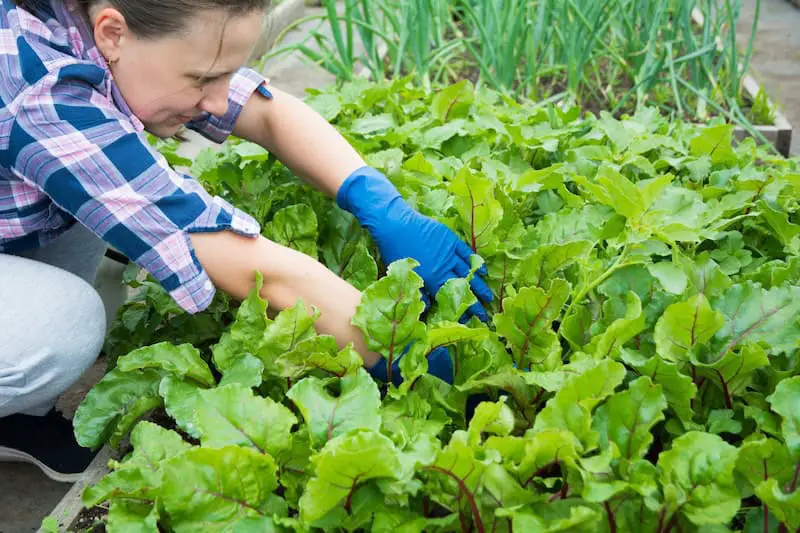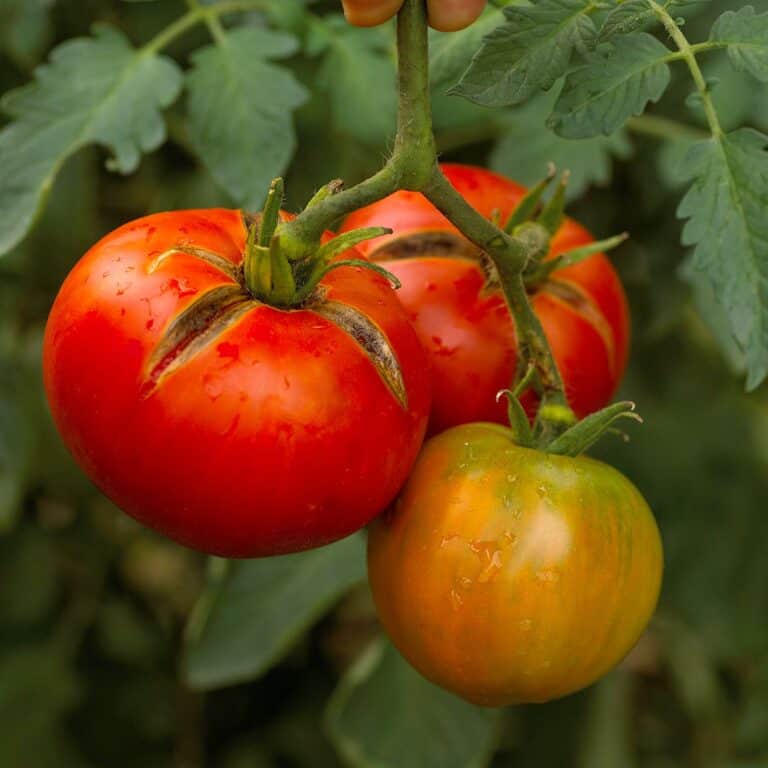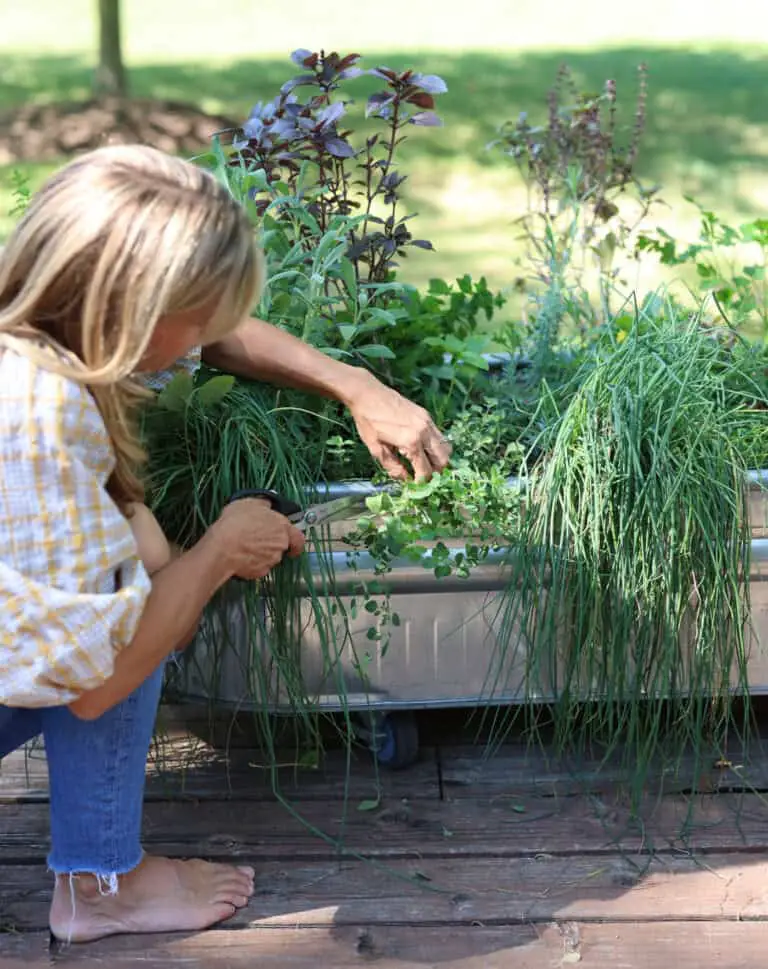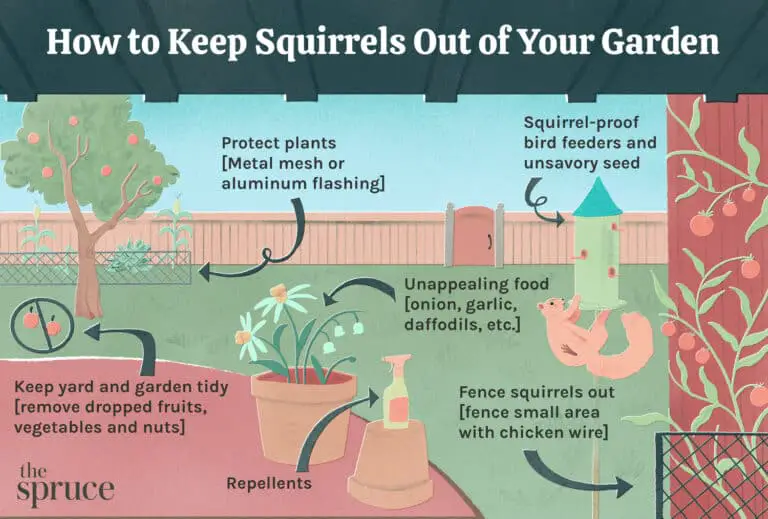8 Free Gardening Hacks to Supercharge Your Vegetable Harvest
Maximize your vegetable garden’s potential with these 17 brilliant free hacks. Save money and enjoy a bountiful harvest.
Gardening offers a rewarding way to grow your own fresh vegetables. With the right techniques, you can boost productivity and enjoy a thriving garden. These 17 free hacks provide practical solutions to common gardening challenges. From homemade fertilizers to clever planting tips, these tricks can transform your garden.
You’ll learn how to reuse household items, improve soil health, and protect plants naturally. Whether you’re a beginner or an experienced gardener, these hacks are easy to implement. They help you save money and reduce waste while growing healthy, delicious vegetables. Get ready to enhance your gardening experience and enjoy an abundant harvest.
1. Companion Planting
Companion planting is a clever way to boost your vegetable garden. It involves growing plants together that help each other thrive. This method can improve soil health, deter pests, and increase crop yields.
Beneficial Pairings
Some plants grow better when paired with certain companions. Here are a few beneficial pairings:
| Vegetable | Beneficial Companions |
|---|---|
| Tomatoes | Basil, Marigold |
| Carrots | Onions, Radishes |
| Cucumbers | Dill, Nasturtiums |
| Beans | Corn, Squash |
| Peppers | Spinach, Lettuce |
Plants To Avoid Together
Some plants don’t get along well and should be planted apart. Avoid these combinations:
- Tomatoes and Potatoes – They share diseases.
- Beans and Onions – They stunt each other’s growth.
- Cucumbers and Aromatic Herbs – The herbs overpower cucumbers.
- Carrots and Dill – Dill can stunt carrot growth.
- Peppers and Fennel – Fennel inhibits pepper growth.
Paying attention to these combinations can lead to a healthier and more productive garden.
2. DIY Composting
Composting turns kitchen waste into rich soil. This soil boosts your vegetable garden. Learn how to compost at home with these simple hacks.
Kitchen Scraps
Use kitchen scraps like fruit peels, coffee grounds, and eggshells. Avoid meat, dairy, and oily foods. These can attract pests and create bad smells.
- Fruit peels
- Vegetable scraps
- Coffee grounds
- Eggshells
Chop large scraps into smaller pieces. Smaller pieces break down faster. This helps speed up the composting process.
Compost Bin Tips
Choose the right compost bin for your space. You can buy one or make your own. Make sure it has good air flow.
- Keep the bin in a sunny spot
- Turn the compost every week
- Keep it moist but not soggy
- Add dry leaves or paper to balance the moisture
Follow these tips for healthy compost. Your vegetable garden will thank you!
Here’s a simple table for what to compost and what to avoid:
| Compost These | Avoid These |
|---|---|
| Fruit peels | Meat |
| Vegetable scraps | Dairy |
| Eggshells | Oily foods |
| Coffee grounds | Diseased plants |
Start composting today. Your garden will grow healthier vegetables!
3. Watering Techniques
Keeping your vegetable garden hydrated is crucial for healthy growth. Proper watering techniques can make your garden thrive. Here are some smart ways to water your garden efficiently.
Drip Irrigation
Drip irrigation is an excellent method to conserve water. It delivers water directly to the plant roots. This method reduces water waste and ensures each plant gets enough water.
- Use a drip irrigation kit for easy setup.
- Position the tubes close to the plant base.
- Adjust the flow rate according to plant needs.
Drip irrigation helps prevent soil erosion and weed growth. It also keeps foliage dry, reducing the risk of plant diseases.
Mulching For Moisture
Mulching helps retain moisture in the soil. It acts as a barrier, reducing water evaporation.
Here are some mulching materials you can use:
| Material | Benefits |
|---|---|
| Straw | Lightweight and easy to spread |
| Wood chips | Breaks down slowly, adding nutrients |
| Grass clippings | Readily available and free |
Apply a thick layer of mulch around your plants. This layer helps keep the soil cool and moist. It also suppresses weeds, making garden maintenance easier.
Mulching is a simple way to improve water efficiency in your garden. It enhances soil health, promoting robust vegetable growth.
4. Natural Pest Control
Growing vegetables can be a joyful experience. But pests can ruin your hard work. Natural pest control methods help keep your garden healthy. These methods are safe and effective. Here are some brilliant hacks for natural pest control in your vegetable garden.
Homemade Sprays
Homemade sprays can keep pests away from your plants. They are easy to make and use. You can create these sprays with ingredients from your kitchen.
| Spray | Ingredients | Usage |
|---|---|---|
| Soap Spray | 1 tbsp dish soap, 1 liter water | Spray on leaves to kill aphids |
| Garlic Spray | 2 cloves garlic, 1 liter water | Repels many insects |
| Chili Spray | 2 tsp chili powder, 1 liter water | Deters beetles and caterpillars |
Attracting Beneficial Insects
Beneficial insects help control pests naturally. They eat harmful bugs and protect your plants. Here are some insects you want in your garden.
- Ladybugs: They eat aphids and mites.
- Lacewings: They control caterpillars and whiteflies.
- Hoverflies: They feed on aphids and thrips.
To attract these insects, plant flowers they love. Here are some good options:
- Marigolds
- Sunflowers
- Dill
- Cosmos
These flowers provide nectar and pollen. This keeps beneficial insects in your garden. Using these natural pest control methods keeps your garden thriving.
5. Soil Enrichment
Healthy soil is the foundation of a thriving vegetable garden. Enriching your soil improves plant growth and yields. Two effective methods are using green manure and cover crops. These techniques enhance soil fertility naturally. Let’s explore these hacks for your vegetable garden.
Green Manure
Green manure involves growing specific plants to improve the soil. These plants are then tilled back into the soil. This process adds valuable nutrients and organic matter. Some common green manure plants include:
- Clover
- Alfalfa
- Mustard
Green manure plants have deep roots that break up compacted soil. They also help in weed suppression by covering the soil. This method is both eco-friendly and cost-effective.
Cover Crops
Cover crops are grown to cover the soil during off-seasons. They prevent soil erosion and retain moisture. Popular cover crops include:
- Rye
- Barley
- Oats
Cover crops also add organic matter when tilled into the soil. They attract beneficial insects and improve soil structure. Planting cover crops is a simple way to enhance soil health.
| Green Manure | Cover Crops |
|---|---|
| Adds nutrients to soil | Prevents soil erosion |
| Improves soil structure | Retains soil moisture |
| Suppresses weeds | Attracts beneficial insects |
Using green manure and cover crops are brilliant hacks for a healthy vegetable garden. They enrich the soil naturally, ensuring your plants thrive.
6. Vertical Gardening
Vertical gardening is an excellent way to maximize your garden space. It allows you to grow more vegetables in less area. This technique is perfect for small gardens or urban spaces. Discover how using trellises and smart container choices can transform your garden.
Using Trellises
Trellises are essential for vertical gardening. They help plants grow upward rather than spreading out. This saves ground space and improves air circulation.
- Choose sturdy materials: Wood, metal, or plastic work well.
- Support climbing plants: Beans, peas, and cucumbers thrive on trellises.
- Easy to install: Attach trellises to fences or garden walls.
- Improves plant health: Better air flow reduces disease risk.
For a DIY approach, try making your own trellis. Use bamboo sticks or repurpose old furniture. This adds a personal touch to your garden.
Container Choices
Choosing the right containers is crucial for vertical gardening. Containers should be lightweight and durable.
| Container Type | Benefits |
|---|---|
| Plastic Pots | Inexpensive and easy to move |
| Fabric Grow Bags | Promotes healthy root growth |
| Hanging Baskets | Ideal for herbs and flowers |
Consider using self-watering containers. These keep soil moist for longer. They are perfect for busy gardeners.
Another option is to use stackable planters. These maximize vertical space efficiently. They are great for growing strawberries and herbs.
By selecting the right containers, you can create a thriving vertical garden. This technique makes it easier to manage and harvest your crops.
7. Seed Saving
Seed saving is an essential skill for any vegetable gardener. It helps you grow plants year after year without buying new seeds. Let’s dive into how you can save seeds effectively with these simple hacks.
Harvesting Seeds
Harvesting seeds at the right time is crucial. Wait until the seeds are fully mature. For beans and peas, let the pods dry on the plant. For tomatoes, scoop out the seeds and let them dry. Use a clean knife to extract seeds from cucumbers and squash.
| Vegetable | Harvesting Method |
|---|---|
| Beans | Let pods dry on the plant |
| Tomatoes | Scoop seeds and dry |
| Cucumbers | Extract seeds with knife |
Proper Storage
Proper storage ensures seeds stay viable. Store seeds in a cool, dry place. Use airtight containers to keep out moisture. Label each container with the seed type and date. Mason jars or zip-lock bags work well.
- Cool – Keep seeds in a cool place.
- Dry – Ensure the storage area is dry.
- Airtight – Use airtight containers.
- Label – Label containers with seed type and date.
Following these steps will help you build a successful seed library.
8. Raised Beds
Raised beds are a fantastic way to grow vegetables. They offer many benefits and are easy to set up. Let’s explore the materials you can use and the benefits they provide.
Materials To Use
Choosing the right materials for your raised beds is crucial. Here are some popular options:
- Wood: Cedar and redwood are durable and rot-resistant.
- Stone: Natural stones give a rustic look and last long.
- Metal: Galvanized steel or corrugated metal are modern and sturdy.
- Bricks: Bricks are classic and provide excellent support.
Each material has its pros and cons. Consider your garden’s look and budget when choosing.
Benefits Of Raised Beds
Raised beds offer many advantages for vegetable gardening. Here are some key benefits:
- Better Soil: You control the soil quality and texture.
- Improved Drainage: Raised beds prevent waterlogging and root rot.
- Weed Control: Fewer weeds grow in raised beds.
- Accessibility: Easier to reach for planting and harvesting.
- Pest Control: Raised beds can deter some pests.
These benefits make raised beds a great choice for any gardener.
Frequently Asked Questions
What’s The Easiest Vegetable To Grow In A Garden?
The easiest vegetable to grow is the radish. It matures quickly, needs minimal care, and thrives in various soil types.
How Many Vegetables Do You Need To Grow For One Person?
For one person, grow about 200 square feet of vegetables. This ensures a year-round supply of fresh produce.
How Do I Get The Most Out Of My Vegetable Garden?
Maximize your vegetable garden by planting diverse crops. Use compost and mulch for soil health. Water consistently. Rotate crops annually. Control pests naturally.
Conclusion
Mastering these 17 free vegetable gardening hacks can transform your garden. Save money and grow healthier plants. Enjoy the benefits of fresh, homegrown produce. Share these tips with fellow gardeners and watch your garden thrive. Happy gardening!







